The precious steamer in the garden
The national treasure Dong Son ceramic pot was found around 2000, when Thanh Hoa people dug a hole to plant trees.
The steamer was then transferred to a local private collector, before being collected and legally owned by collector Pham Gia Chi Bao (HCMC). The artifact is almost intact, the edge of the steamer's mouth has a few small cracks, and on the body there is a crack (26 cm long, nearly 1 cm wide), which has been patched. The steamer is currently placed in the gallery of collector Pham Gia Chi Bao.
Dong Son ceramic pot in Mr. Pham Gia Chi Bao's collection - PHOTO: PROVIDED BY DEPARTMENT OF CULTURAL HERITAGE
The national treasure Dong Son culture ceramic pot is made of baked earth, fine clay mixed with sand, plant residue, small gravel, and yellow ochre powder. The ceramic body is reddish gray, crafted from fine clay, kneaded well, mixed with sand. Due to being kneaded well, fine sand, and suitable ratio, the body of the pot has almost no deformation such as cracks, splits, warping, strong bones, and smooth surface.
The steamer is shaped using a combination of wheel and hand techniques. The wheel helps the ceramic steamer to have a fixed shape. The potter has created three separate parts: the body of the steamer, the pot and the grate, then attached them together when the ceramic bone has set. The hole in the grate is pierced from the top to the bottom. The body of the steamer is thicker than the pot to retain heat, the body of the pot is thinner to catch fire/heat faster.
According to the treasure records, the pots were then fired outdoors, without a fixed kiln. Because there was no kiln chamber, the firing temperature was uneven, creating different color patches on the ceramic pots. This was a popular way of firing ceramics in prehistoric Vietnam. Currently, the Cham people in Bau Truc (old Ninh Thuan , now Khanh Hoa province) still fire ceramics according to the same tradition.
According to the treasure records, the ceramic steamer is divided into three parts: the body of the steamer, the pot, and the inner grill. These three parts are made separately, then joined together. The steamer is made first, then attached to the body of the pot below. The technique of assembling the ceramic steamer has reached a high level, so the joints are difficult to detect, creating the feeling that the steamer is made in one piece.
Dong Son culture ceramic pots are not found in large quantities compared to other types of ceramics such as pots, basins, bowls, jars, vases, jars, bronze cooking pots, molds... Statistics led by the late Professor Ha Van Tan, Director of the Institute of Archaeology, show that if scientists (up to 1994) found 579 pots, 74 bowls, 422 jars, 213 jars... they only discovered 7 Dong Son pots. The pots were so valuable to the Dong Son people that when the owner died, the pots were buried with him.
Dong Son culture inventions were first discovered.
A study was cited in the treasure file to prove the uniqueness and rarity of the Dong Son ceramic pot owned by collector Pham Gia Chi Bao. Accordingly, traces of rice in Vietnam were found from the Phung Nguyen culture period, thousands of years before the Dong Son culture. During the Dong Son culture period, images of rice grains were used to decorate some bronze objects. Images of rice processing such as pounding rice, winnowing rice... appeared on some Dong Son bronze drums and jars.
The steamer shows ancient cooking techniques - PHOTO: PROVIDED BY THE DEPARTMENT OF CULTURAL HERITAGE
The study highly appreciated the new technique of cooking, steaming, and boiling water... using steam. The Heritage Council (national treasure appraisal council) also agreed that this was a typical invention and creation discovered for the first time in the Dong Son culture, with very high practical value, promoting the development of Dong Son society and the physical growth of ancient Vietnamese residents.
According to research, sticky rice only appears on special occasions. Sticky rice is used to cook bamboo rice, sticky rice, and steamed sticky rice in a steamer. Gradually, this culinary custom has become part of the Dong Son community, and sticky rice is recorded quite a lot in ancient books. Linh Nam Chich Quai (Vu Quynh, Kieu Phu) Copy: The land produces a lot of sticky rice. This invention from the Dong Son period is also the story of the treasured Dong Son steamer.
Associate Professor, Dr. Bui Van Liem believes that eating cooked food and drinking boiled water helped people in the time of the Hung Kings to improve their physical health. "The most advanced thing is eating cooked food and drinking boiled water..., in which the most progressive, scientific, and civilized thing in the Dong Son period was the invention and creation of cooking techniques by steaming, steaming, and water-bath to create sticky rice, rice, and other foods...", Associate Professor, Dr. Liem said.
Therefore, the Dong Son ceramic pot in the Pham Gia Chi Bao collection is valuable because it tells the story of people, agricultural civilization, and the material and spiritual life of ancient Vietnamese people in the Dong Son era. Research on the pot provides evidence of material life (food, clothing, housing) as well as spiritual life (festivals, beliefs).
"The discovery of steamers in archaeological excavations at sites belonging to the Dong Son culture, in addition to confirming the originality of the steamers, also proves that ancient Vietnamese people in the Dong Son period knew how to use sticky rice, using steam to cook sticky rice to create a special food (sticky rice) of that period," the national treasure dossier emphasized. (to be continued)
Source: https://thanhnien.vn/doc-la-bao-vat-quoc-gia-cho-gom-dong-son-nau-xoi-dip-dai-le-18525070923084313.htm


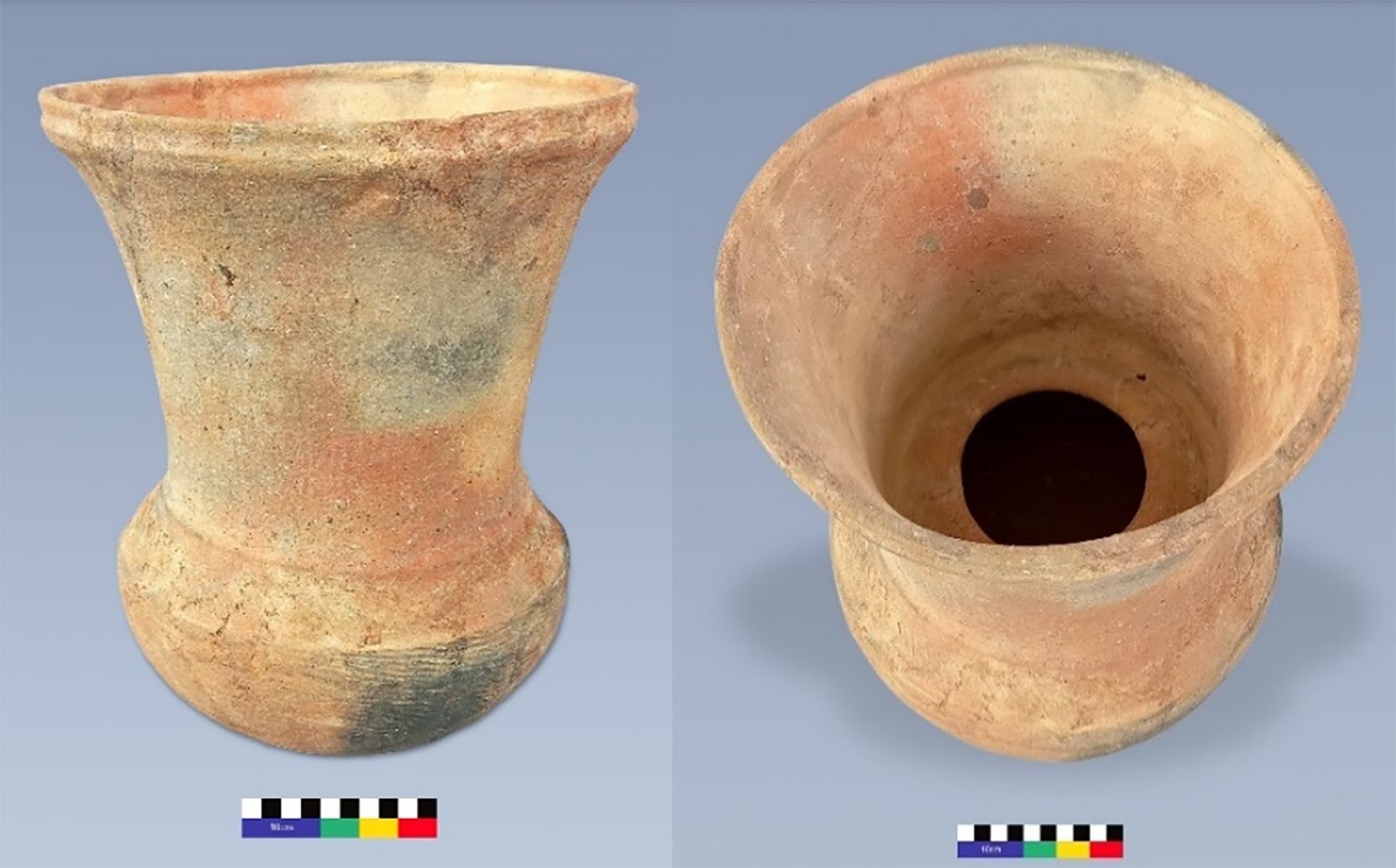
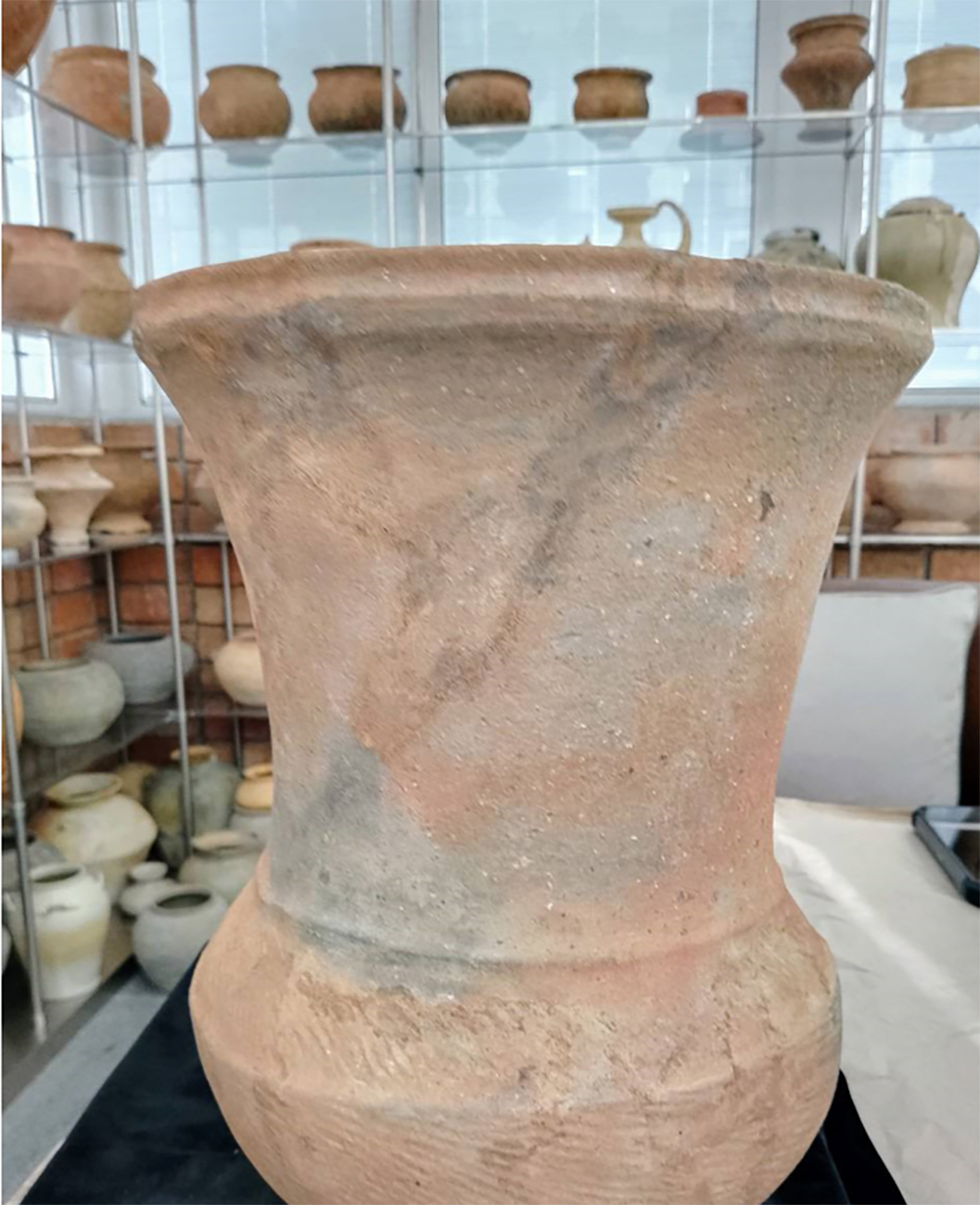






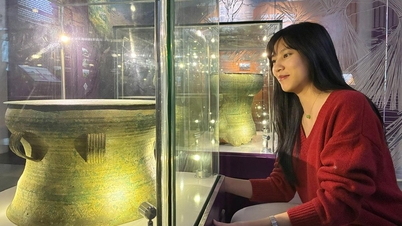









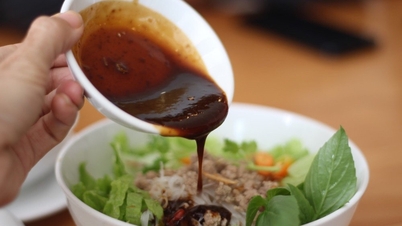


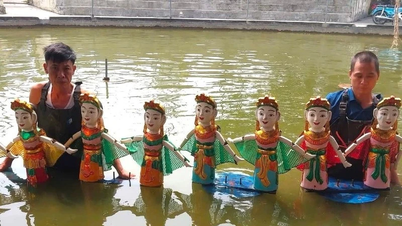


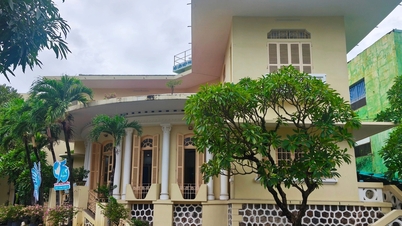
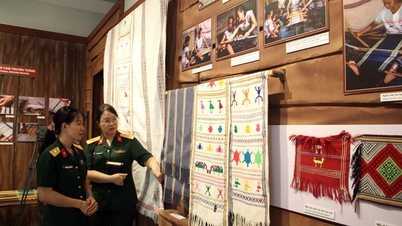












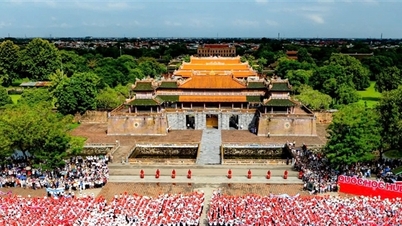

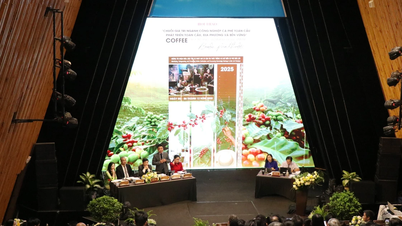

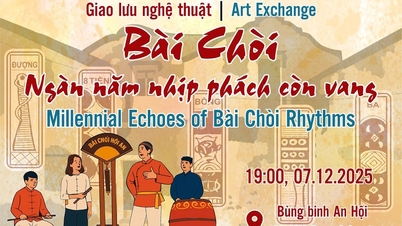
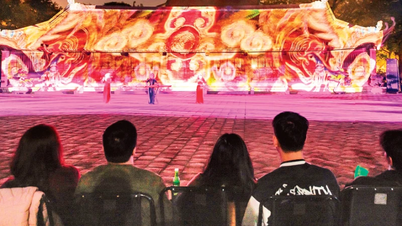
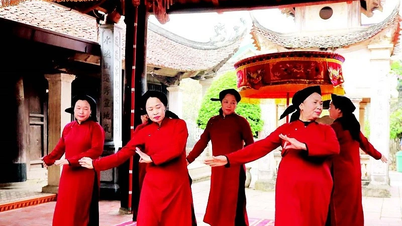
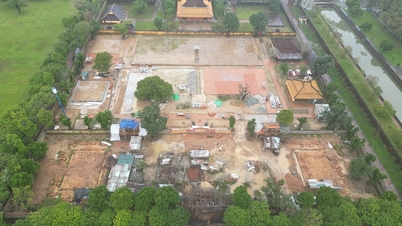


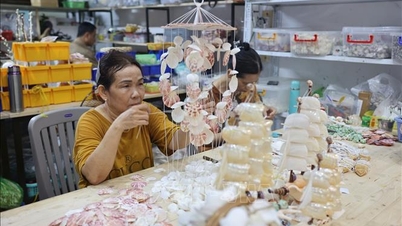




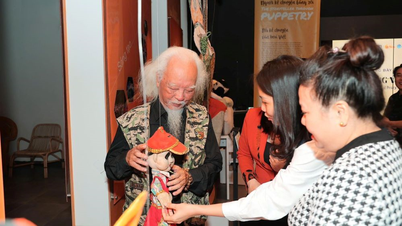

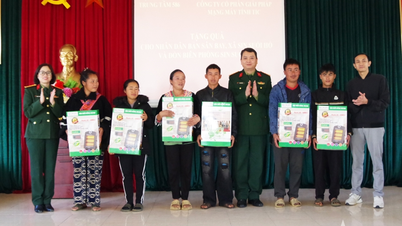
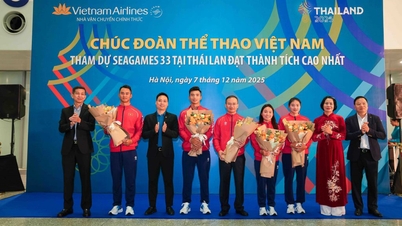



























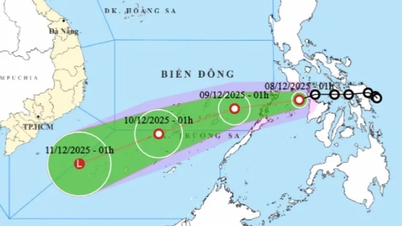

















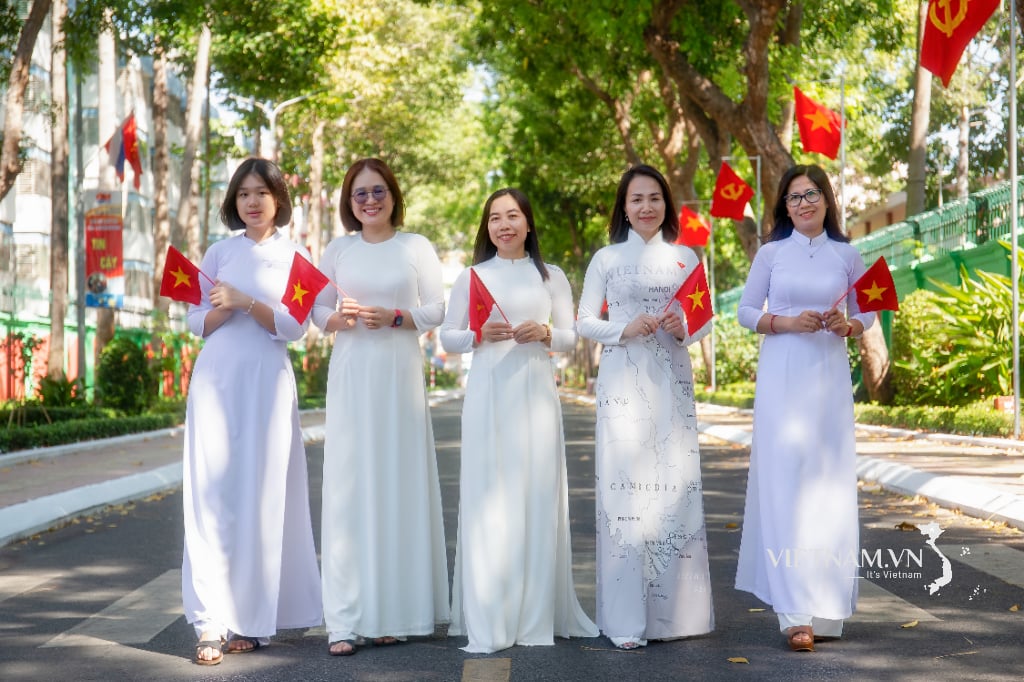
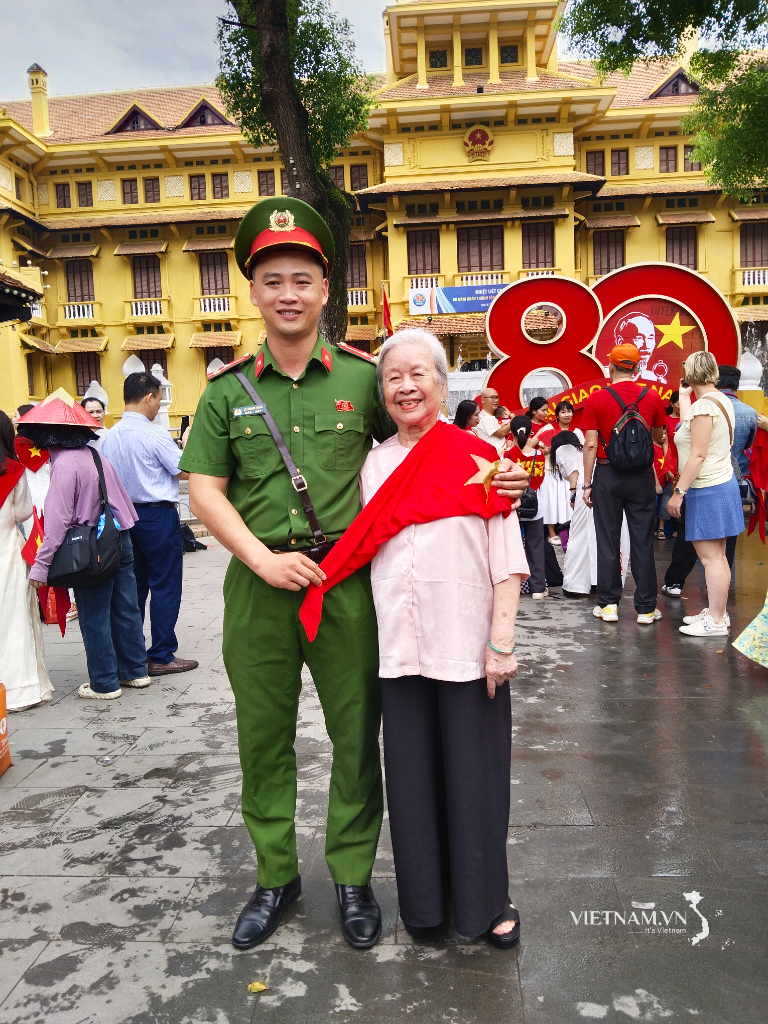




Comment (0)